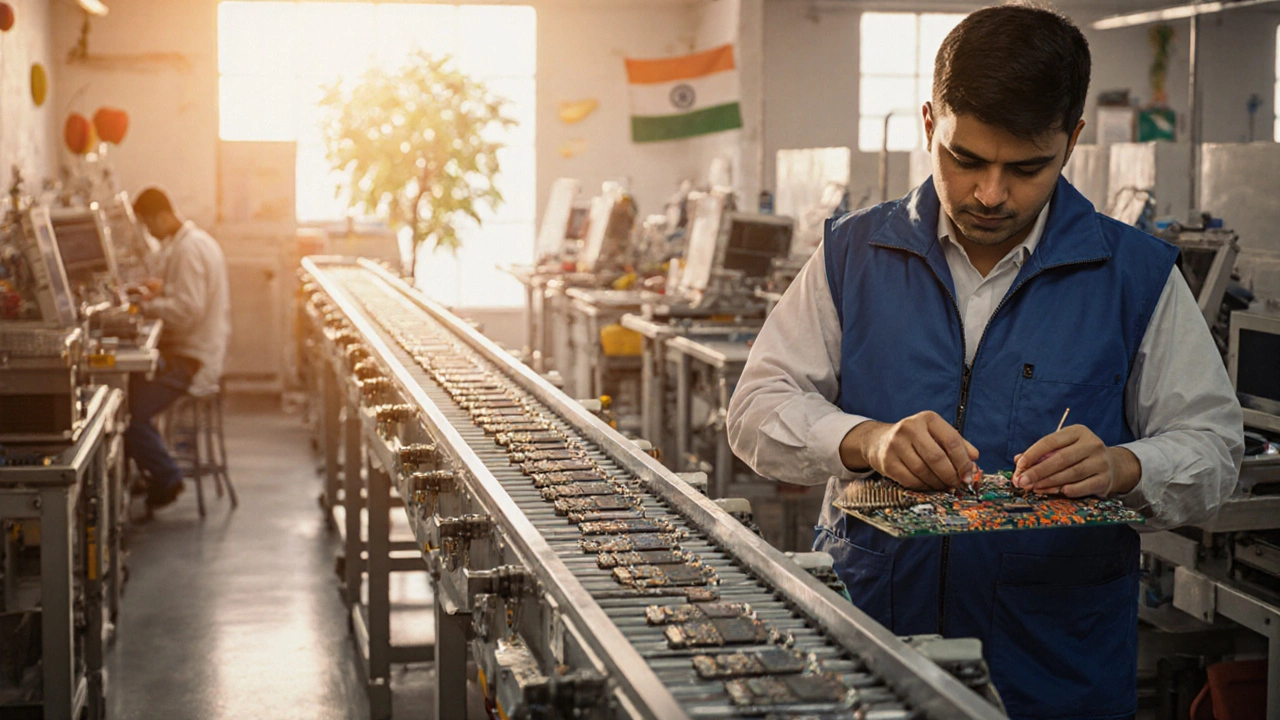Cheap Production Countries – Your Guide to Low‑Cost Manufacturing
When talking about Cheap Production Countries, nations where labor, utilities and taxes are low enough to cut manufacturing expenses dramatically. Also known as low‑cost manufacturing hubs, they drive global supply chains and help firms stay competitive. Labor Cost Advantage, the reduced wages and operating expenses that make production affordable is the core reason firms look east or south. This advantage fuels Manufacturing Profitability, higher margins that result when production costs drop while product pricing stays steady. At the same time, companies engage in Offshore Production, the practice of moving manufacturing steps to foreign low‑cost locations to tap these savings. In short, cheap production countries encompass low‑labor regions, require robust supply‑chain planning, and boost profitability for savvy manufacturers.
Asia leads the pack: India, Vietnam, Bangladesh and the Philippines offer labor rates that are a fraction of Western wages, plus large, young workforces ready for assembly‑line jobs. Eastern Europe – Poland, Romania and Bulgaria – combine decent wages with EU trade benefits, making them attractive for firms wanting proximity to Europe. Latin America, especially Mexico and Colombia, gives North American companies a near‑shoring option with lower tariffs under USMCA and similar time zones. Each region brings its own mix of infrastructure, trade agreements and skill levels, which shapes the overall cost equation. For example, Vietnam’s improving port capacity cuts shipping time, while Mexico’s border logistics reduce inland transport costs, both enhancing the overall supply‑chain efficiency.
Why Companies Choose Cheap Production Countries
Beyond raw labor costs, tax incentives and special economic zones lure investors with reduced corporate tax rates, accelerated depreciation and streamlined customs. Access to fast‑growing consumer markets also matters – setting up in Vietnam not only saves money but puts a brand close to the booming Southeast Asian shopper base. Additionally, the ability to scale quickly in a country with a flexible regulatory environment helps startups move from prototype to mass production without massive capital outlays. All these factors intertwine: tax benefits amplify labor savings, while market access turns cost reductions into revenue growth.
But low cost doesn’t come without risks. Quality control can slip when oversight is distant, so many firms embed local QA teams or partner with trusted contract manufacturers. Political stability and currency fluctuations also affect the bottom line; a sudden policy shift or devaluation can erode the cost advantage overnight. Intellectual‑property protection varies widely, requiring legal safeguards and sometimes on‑site monitoring. Effective risk management—through diversified supplier bases, hedging strategies, and strong local partners—keeps the upside of cheap production countries from turning into a liability.
Below you’ll find a curated set of articles that dig deeper into each of these angles. From profitability analysis and country‑specific cost breakdowns to supply‑chain tips and risk‑mitigation strategies, the collection gives you practical tools to decide whether a cheap production country fits your next project. Dive in and see how the right location can reshape your manufacturing strategy.

Cheapest Countries for Manufacturing Products in 2025
Explore the cheapest countries for manufacturing in 2025, learn how to calculate true landed cost, compare key hubs, and avoid hidden expenses.
Read More